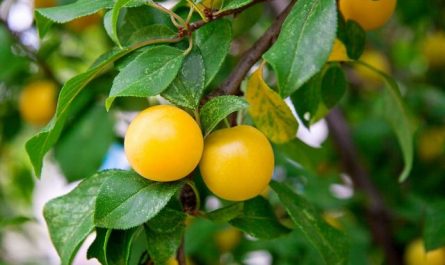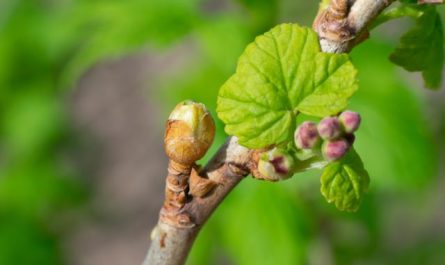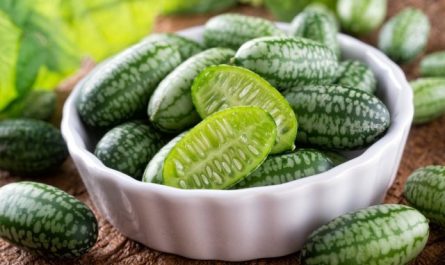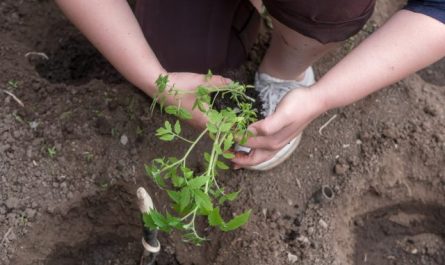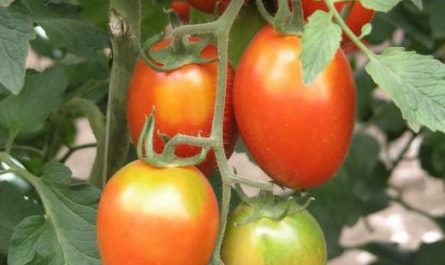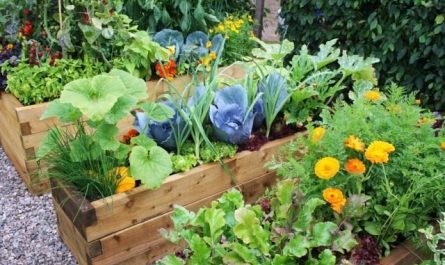Rosemary officinalis is native to the western Mediterranean. It is cultivated in Italy, France, Spain, Asia Minor, and the USA (Florida). It is also grown on the Black Sea coast of the Caucasus. But this does not mean that rosemary cannot be grown in the middle zone. True, it will have to overwinter in a cool room on a windowsill or in a winter garden on a glazed loggia. But I assure you, the difficulties will pay off.
This is one of the oldest medicinal plants. It is used in food and during rituals. Many people considered the plant sacred. In Ancient Greece, dry shoots of rosemary were burned in temples, creating incense. Students in Greece and Ancient Rome wore wreaths of rosemary to improve memory. In the Middle Ages, it was believed that it drove away evil spirits and could save from the plague.

© THOR
Evergreen, densely foliated rosemary is a shrub up to 1-1,5 m tall of the Lamiaceae family. Its powerful root system is well developed and penetrates the soil to a depth of 3-4 m. Perennial shoots are dark gray, with peeling bark, woody, annual ones are light gray, pubescent. Flowers are small, collected in dense paniculate inflorescences, in some forms they are dark purple, in others – light purple or white. Seeds are brown, small.
Rosemary is drought-resistant, light-demanding and frost-sensitive. Young plants freeze at temperatures ranging from -5 to -7°. Adults are more resistant to low temperatures. No diseases or pests have been reported.
Summer walks in the fresh air
In our harsh conditions, it is better to grow rosemary in a pot, putting it outside in the summer, and with the onset of persistent cold weather, bring it into a cool, light room where the temperature is maintained at 10-15 °. At higher winter temperatures, rosemary is deprived of a dormant period and therefore grows and blooms worse in the following season. In winter, reduce watering and stop fertilizing.

© T137
Rosemary can be propagated in our conditions by seeds, green cuttings, dividing the bush and layering. Green cuttings are cut during the period of intensive growth of shoots (June-early July) 8-10 cm long with three to four internodes and immediately planted in sand or a mixture of sand and peat, covered with film or glass and placed in a shaded place. Water carefully. It is better to spray more often from a spray bottle so that there is always dew on the leaves. If the substrate is excessively moistened, the cuttings begin to rot. Rosemary takes root in 3-4 weeks. Rooted cuttings are planted in pots with a diameter of 15 cm. When planting, broken eggshells are placed on the bottom of the pot – this plant loves calcium very much. The soil mixture should have a slightly acidic or neutral reaction. Young rosemary is fed several times per season with complex mineral fertilizers. Watering is moderate.
In March, the plant is transferred to larger pots, the top layer of soil is replaced with more fertile soil. It is advisable not to disturb the integrity of the lump, otherwise the rosemary gets sick and does not start growing for a long time. After transferring, it is cut, fed and watered abundantly. At the end of April, the pots are put outside. In case of severe frosts, they are brought indoors or covered with film.
In August, the plants bloom and it is time to harvest. During this period, the shoots contain the maximum amount of essential oil. They are cut and dried in a well-ventilated room, but not in the sun or in a hot dryer. After this, the leaves can be separated, because they are used as a spice and medicine. It is advisable not to store dry rosemary for a long time, but to prepare fresh every year.

© Frank Vincentz
A favourite of Mediterranean cuisine
In small doses, mixed with other spices, rosemary is used in the fish and canning industry. It is added to fruit salads, it goes well with dishes made from beans, peas, eggplants, white cabbage, red cabbage and cauliflower. But mainly it is put in hot dishes made from meat and poultry. A small amount of dried rosemary leaves is mixed with parsley and ground with butter. The resulting paste is placed in small portions inside the carcass of a chicken or turkey, duck or goose. This spice gives a unique aroma to satsivi, tomato and dogwood sauces. It can even be added to tea. But this is an acquired taste.
Rosemary has a sweet, slightly camphorous aroma, reminiscent of pine, and a spicy, bitter-spicy taste.
An infusion of the plant is used for headaches, colds, gastrointestinal diseases, and as a diuretic.

© H. Zell
The leaves are used to make smoking preparations that help with asthma. Rosemary is a good tonic. It has a beneficial effect on low blood pressure, general exhaustion and sexual weakness.
Rosemary and its essential oil are widely used to make cosmetics. In addition to its antiseptic effect, this wonderful plant has the property of toning and restoring skin elasticity. In the Middle Ages, it was believed that it restores youth. Here is a recipe for a lotion for the care of aging skin: 30 g of chamomile flowers, 20 g of mint, 10 g of rosemary, 20 g of calendula are poured with 1 liter of white wine, infused for 15 days, filtered, and 2-3 drops of rosemary oil are added. This lotion is used to wipe the face every evening, after which it is lubricated with a rich cream.
It is worth noting the strong influence of rosemary essential oil on the human psyche. Psychotherapists note that air aromatization with rosemary oil or a mixture of essential oils based on rosemary improves memory, concentrates attention, and helps people who have partially lost their sense of smell.
Materials used:
- E. Gandurina, candidate of biological sciences



